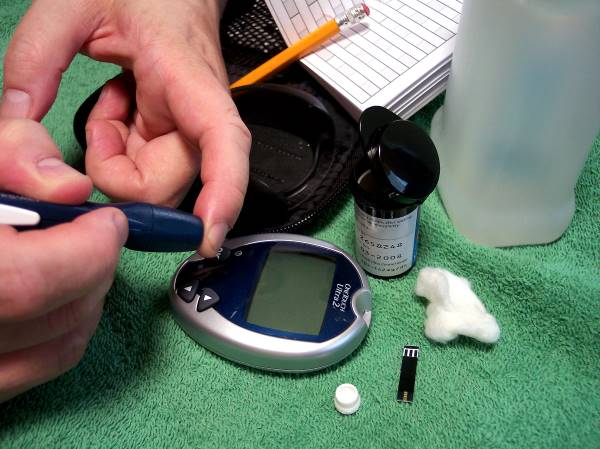When your body is subject to high or low blood sugar episodes, some of the functions you need for driving can be impaired. For this reason, Roads and Maritime has some restrictions on whether you can hold a licence in NSW when you have diabetes.
If you have hyperglycaemia (high blood sugar) the most common symptoms are excessive hunger and thirst and an increased volume of urination. These, in themselves, are not dangerous for driving, but there are some associated symptoms which are. Hyperglycaemia can cause fatigue which increases the risk of falling asleep behind the wheel, and lack of concentration. It can also cause blurry vision and, over time, cataracts. In extreme cases a seizure can occur. If you are severely hyperglycaemic you should avoid driving.
If you have hypoglycaemia (low blood sugar), there are more risks. It can make you shaky and nervous. Your judgment can be impaired and your coordination affected. It can make you feel tired and give you amnesia. In the worst cases it can cause paralysis and seizures.
In some cases a person can experience a hypo without any warning signs, and these are the most dangerous for driving. A blood glucose level that is less than 4 mmol/L is hypoglycaemia, even if you don’t have symptoms. If it’s less than 5 mmol/L then you should eat some carbohydrate.
Diabetes can affect other parts of your body and give you heart disease or nerve damage.
Can you have a driver’s licence with diabetes?
There are medical standards for allowing a licence which are set by Austroads.
You manage your diabetes without medication
Private and commercial drivers that manage diabetes without medication don’t need to notify Roads and Maritime and can drive without a licence restriction. Drivers should be monitored periodically by their doctor to ensure the disease isn’t progressing.
You manage your diabetes with medication (not insulin)
Private: drivers must notify Roads and Maritime in person and the licence will be reviewed every five years. Drivers must meet Austroads criteria
Commercial (e.g. heavy vehicles, taxis, buses): drivers must notify Roads and Maritime in person. Based on the opinion of the driver’s specialist or treating doctor, the nature of the driving task and the driver’s ability to complete an annual review meeting all other Austroads requirements, a conditional licence may be issued.
You manage your diabetes with insulin
Private: drivers must notify Roads and Maritime in person and the licence will be reviewed every two years. Drivers must meet Austroads criteria
Commercial: the same applies as per managing diabetes with medication.
Medical episodes which will stop you from driving
If you have a defined hypoglycaemic episode, but you are usually well-controlled, you must not drive for at least six weeks after the event, pending a report from your specialist of the reasons why you had the episode and whether there’s an underlying issue which could cause it to happen again.
If you have a car accident as a result of a diabetic episode you must notify Roads and Maritime.
If you refuse to control or manage your blood glucose levels then you may be advised not to drive.
If you have been admitted to hospital for stabilisation of hyperglycaemia and ketoacidosis you must get medical clearance before you are allowed to drive again.
Do you need to notify your vehicle insurance company if you are diagnosed with diabetes?
It is not usually necessary to notify your insurance company if your doctor says you are fit to drive. Check your insurance policy fine print, though, as they may require that you inform them or you could have problems with claims. It is wise to tell your employer if you are driving for work. They will be able to assist you with the licence requirements.
Driving safely with diabetes
Carry glucose tablets and snacks in your car at all times. The best types of snacks are long-life, sealed snacks with easily digestible sugars and simple carbohydrates such as biscuits, plain muesli bars, boiled sweets, dried fruit and cartons of fruit juice. You can also take sugary fruit such as bananas or grapes with you. If your car sits in the hot sun all day, replace these snacks frequently so that they don’t go off.

Check your blood glucose level before driving, even before short trips as even a mild hypo can affect your concentration and reaction times.
If you feel the onset of a hypo, pull over immediately and have some glucose tablets followed by some food. Wait for the food to take effect and for your blood sugar to return to normal. Once your blood sugar has been normal for 30 minutes you can drive again.
Avoid exertion – unloading and loading a car, changing a wheel or pushing a car can bring on an episode.
Never drink alcohol before driving as alcohol will have a more severe effect on a person with diabetes.
Keep to your regular mealtime schedules even if this means pulling over to eat.
It’s handy to wear some kind of identification that gives your name and the specific diabetes treatment.
